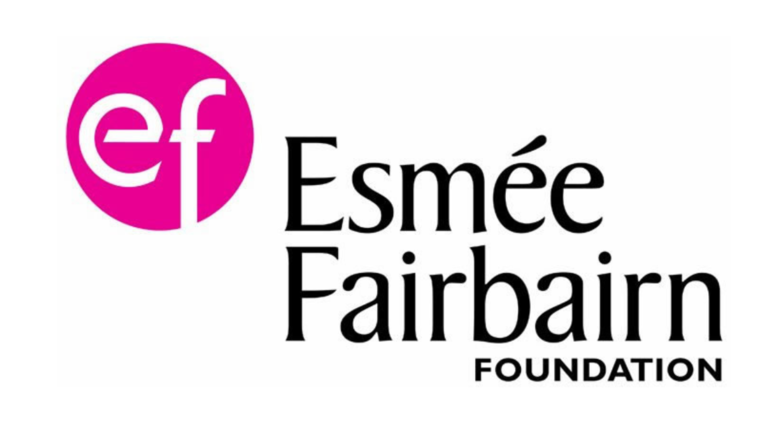Esmée Fairbairn Foundation
The Esmée Fairbairn Foundation was founded in England in 1961. Its current strategy aims to improve the natural world, secure a fairer future and strengthen bonds in communities across the UK. As one of the largest independent funders in the UK, Esmée Fairbairn's funding to tackle climate change was 18.8 million GBP in 2021. It ranges from restoring nature to the transition of investments to a low-carbon model.
Dame Caroline Mason
Chief Executive
Rationale
The biggest lever of a foundation to achieve long-term change is its investment portfolio. For example, if Esmée Fairbairn were to make grants of 10 million GBP a year in regenerative agriculture but, at the same time, invested 100 million GBP of its portfolio in polluting industries, the net-impact would be zero.
In this sense, using the foundation’s capital for the greater good is a matter of pure logic, rather than just maintaining a moral high ground. Capital is an incredible lever that can be used poorly for things that do not improve people’s livelihoods, or it can be used creatively to tackle existing social and environmental problems.
Application in Practice
Esmée Fairbairn follows three strategies to secure positive social and environmental impact of its financial investments.
Firstly, the foundation manages its own social investment fund of 45 million GBP. Esmée Fairbairn uses this capital to make direct investments in organisations in the UK, putting social and environmental impact first and financial return second. One example is the provision of upfront capital to The Rivers Trust, an umbrella organisation that works to conserve rivers and watersheds in the UK and Ireland.
Secondly, Esmée Fairbairn has invested 25 million GBP with the primary aim of maintaining the real value of its endowment over the long-term. While Esmée Fairbairn is working with its financial advisors to ensure that these investments comply with ESG standards, these investments prioritise financial return.
In between these two strategies sits a 10 million GBP investment into impact investment funds. These externally managed funds are required to equally target social, financial, and environmental performance.
In the longer term, Esmée Fairbairn is transitioning all its investments into responsible investment strategies.
Expected Results
Esmée Fairbairn has managed to reduce the carbon intensity of its portfolio by around 90 percent compared to 2017. But investing a foundation’s capital responsibly cannot just reduce the harm it is causing but also proactively encourage the development of climate solutions.
Esmée Fairbairn has used its capital both to support businesses that are crucial for building a sustainable future but currently lack investment capital, and to accelerate the transformation of industries that have already started to change their ways of working. An example of the former is the support provided to The River Trust's member organisations for wetland restoration.
Lessons learned
What has worked well?
- Put the matter of responsible investment onto the agenda: Raising the issue and providing updates on market developments at internal meetings helps to engage decision-makers and to raise awareness within your foundation.
- Seek external advice of financial experts: Funders are usually experts in impact and grant-making, but not necessarily in investment strategies. External advice can be helpful to define your foundations’ values and to enhance your expertise for responsible investments.
- Define your expectations: Setting and monitoring social and environmental outcomes for your investments is a precondition for determining whether your investments achieve the desired impact.
What are opportunities for new funders?
- Partner with others to share investment risks: Platforms such as the Environmental Finance and Learning Fund help to connect with like-minded organisations and provide a starting point to get involved in responsible investment approaches.



